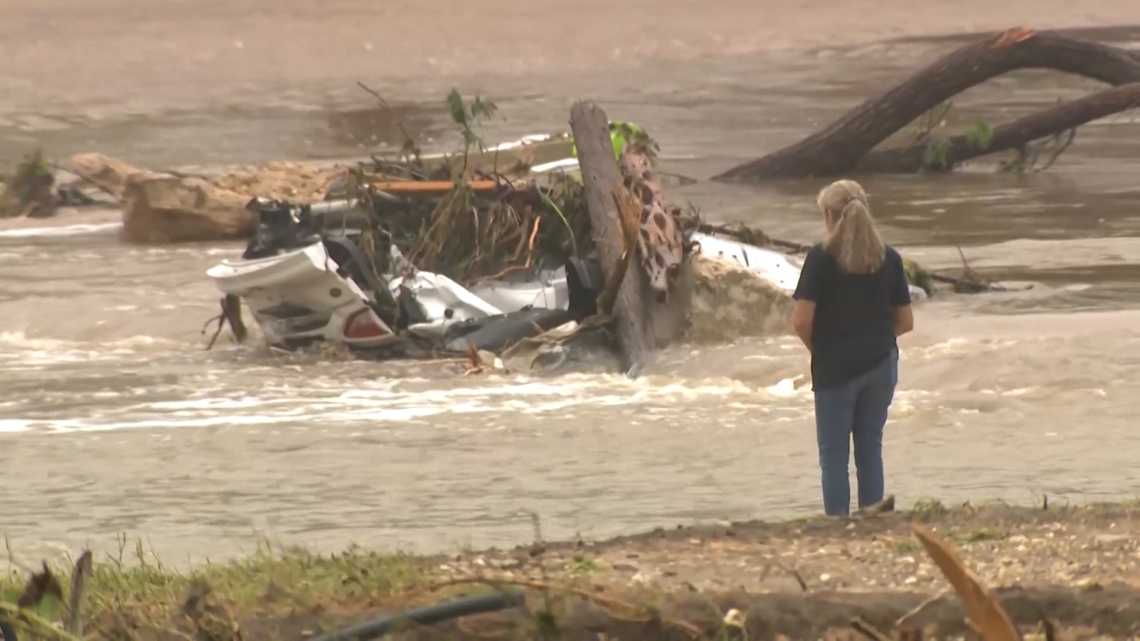Thu, 07/17/2025 - 10:42pm admin
By Anna Lionas
After nearly 20 years of bowhead whale poop data collection, scientists were able to draw a direct line between warming oceans and an increase in harmful algal blooms resulting in toxins found in the whales’ feces.
Using data collected by the North Slope Borough in collaboration with the Eskimo Whaling Commission, scientists tracked levels of toxins in subsistence harvested bowhead whales’ fecal matter, linking the increase to harmful algal blooms made possible by warming sea surface temperatures and decreasing sea ice.
The study was conducted by an interdisciplinary team led by the National Oceanic and Atmospheric Administration and was published this week in the journal Nature.
University of Alaska Fairbanks co-authors included Rick Thoman and Nome’s Gay Sheffield.
The paper is the first of its kind to definitively correlate warming conditions in the Arctic with increased concentrations and more prevalence of toxins in bowhead whales, research biologist with the National Oceanic and Atmospheric Administration and lead author of the paper Kathi Lefebvre said.
“The real beauty of this paper is that it was collaborative with absolute experts from so many different fields, and absolutely dependent on the whaling communities and the whaling captains and the North Slope Borough,” Lefebvre said.
Lefebvre has been studying toxic algae her entire career. At her lab in Seattle, she started a program called the Wildlife Algal Toxins Research and Response Network, which collects samples of dead marine mammals sent in from across the West Coast, California to Utqiagvik.
After receiving bowhead feces samples from the North Slope for four years, Lefebvre realized the potential for a long-term study, and the project was born.
“I’ve been planning this for 15 years,” she said.
With the bowhead data, Lefebvre and her team saw a trend emerging: Toxins —caused by harmful algal blooms— in the whale poop were increasing in number, particularly two types, neurotoxins called saxitoxin and domoic acid.
An environmental phenomenon that is hitting the Arctic hard in recent years, harmful algal blooms, or HABs, are large growths of algae that produce toxins that can harm marine life and human life.
One of the largest, most toxic bloom events of Alexandrium catenella in North American history occurred in the northern Bering and Chukchi Sea in 2022.
Saxitoxin, produced by a phytoplankton called Alexandrium catenella, can cause paralytic shellfish poisoning. If consumed by humans it can be fatal. Domoic acid is a neurotoxin produced by marine algae, specifically Pseudo-nitzschia and can cause amnesic shellfish poisoning, also harmful to humans.
When HABs occur these toxins can be consumed by clams and krill, which are the food for walruses and whales. In western and northern Alaska, communities subsisting on these marine mammals are at risk of becoming exposed to the toxins.
This study doesn’t indicate there is immediate concern for human or marine health, Lefebvre said. There is no data showing the toxins collect in the muscle and blubber of the whale.
Bowheads are filter feeding animals and therefore the perfect species to study the changing ecosystem.
Samples from 205 harvested bowheads over a period of 19 years were included in the study.
“They sample what’s in the food web. There’s toxic algae in water, then the krill and copepods eat the toxic algae and the filter feeding bowhead whales eat the krill and the copepods,” Lefebvre said.
Once the feces started showing these clear signs of a link, Lefebvre brought on other scientists like Alaska Climatologist Rick Thoman, who has been collecting data on sea surface temperature and sea ice for decades.
“I was able to parse that data so that it reflected what was going on in the areas where the whales typically are during the summer over the last 20 years,” Thoman said.
Study findings indicated that the earlier retreat of sea ice and earlier open water in June, as well as warming water in July, sets the stage for earlier and more favorable conditions that produce harmful algal blooms in the Beaufort Sea.
While the data collected in the Beaufort Sea is important, it’s just a small piece to the puzzle that is the growing problem of HABs in Arctic waters.
Thoman said a great value of this paper is that it shows the importance of collecting baseline data. If the North Slope Borough hadn’t been sampling harvested whales, this study wouldn’t have been possible.
UAF Alaska Sea Grant’s Marine Advisory Program agent and co-author of the study Gay Sheffield agrees.
“Science is being done at an ecosystem level,” Sheffield said. “With the whalers being brought in and the community being brought in, they’re acting on their food security, food safety concerns.”
Lefebvre is continuing her work with the Wildlife Algal Toxins Research and Response Network and conducting research on walruses in the Bering Sea. That project is in collaboration with hunters primarily on St. Lawrence Island, gathering as much tissue as they can from the animal to test for toxins.
Lefebvre said she hopes studies like these will continue to influence the public’s will to think about climate change and how it impacts the people that live in the areas most impacted.
“Communities of northern and western Alaska have been subsistence harvesting for thousands of years. They’ve had the least involvement in the issues that are causing this acceleration of climate change, but they’re having some of the most severe impacts,” Lefebvre said. “I appreciate working with these communities and sharing this information and learning from them, and they’re just like, exquisitely resilient.”









 English (US) ·
English (US) ·